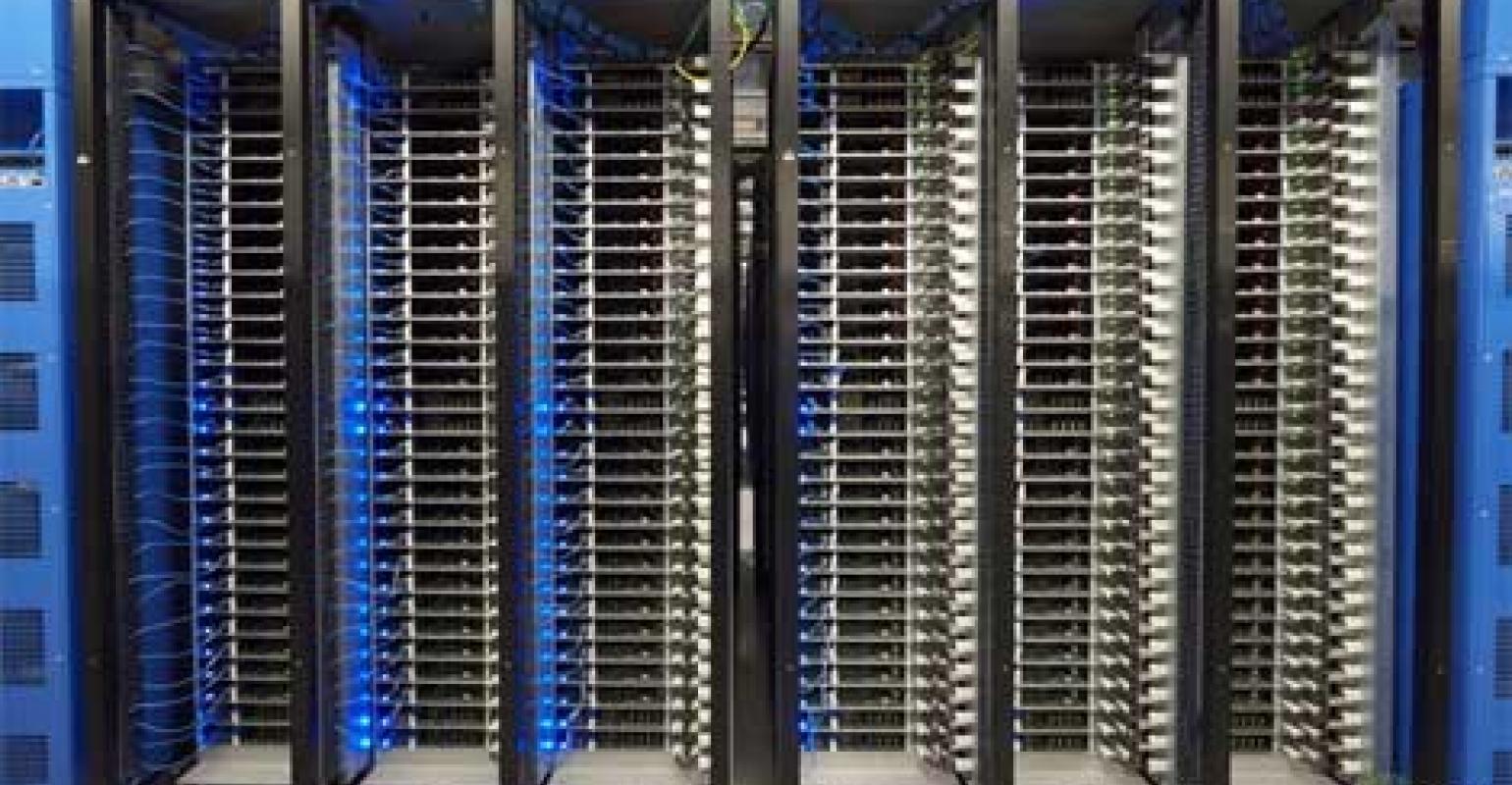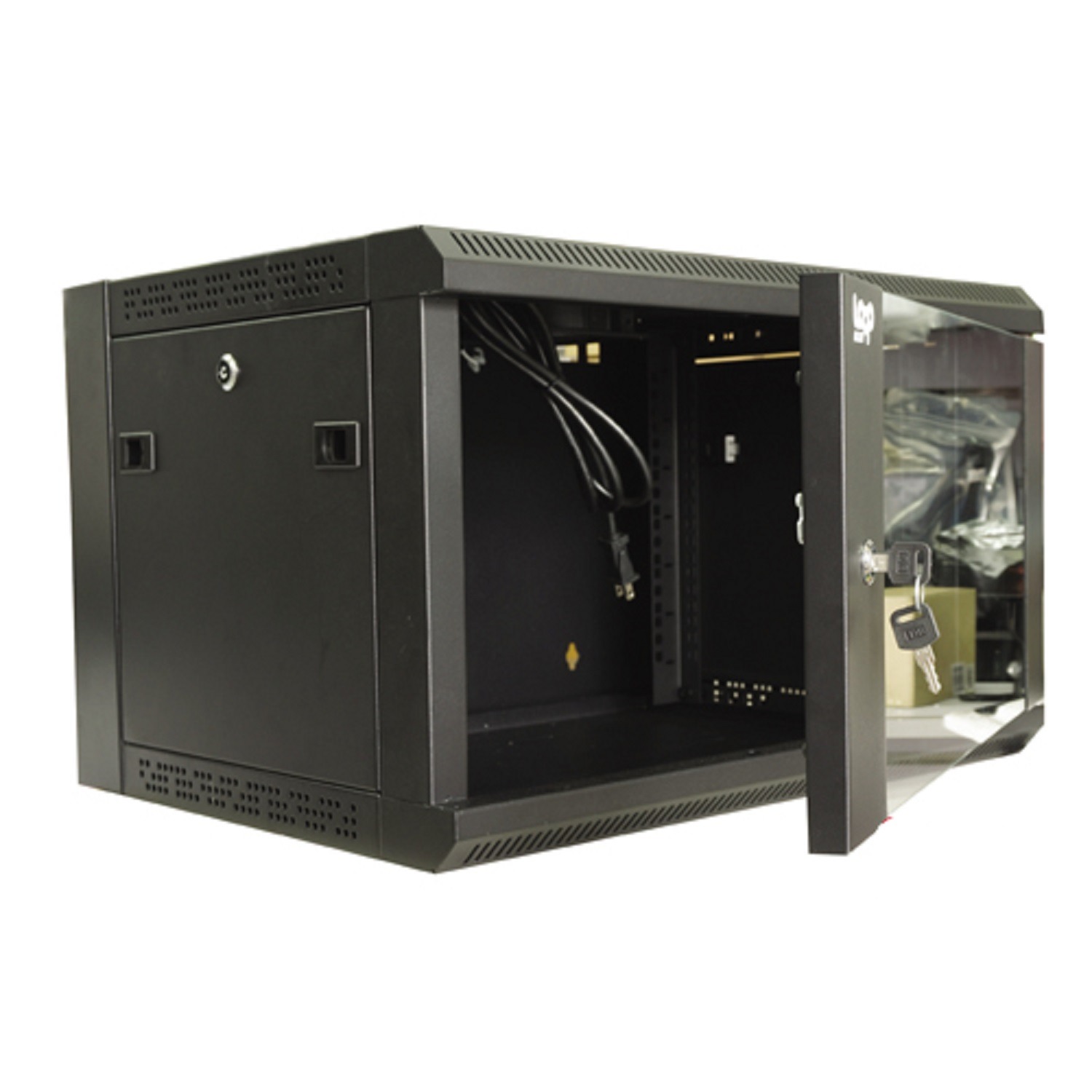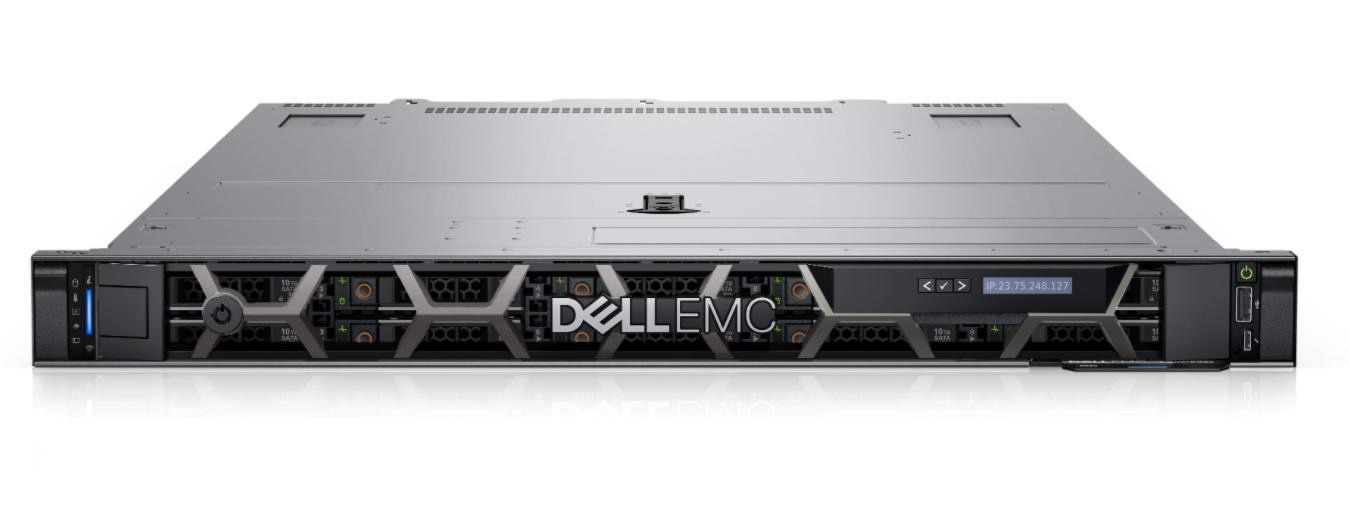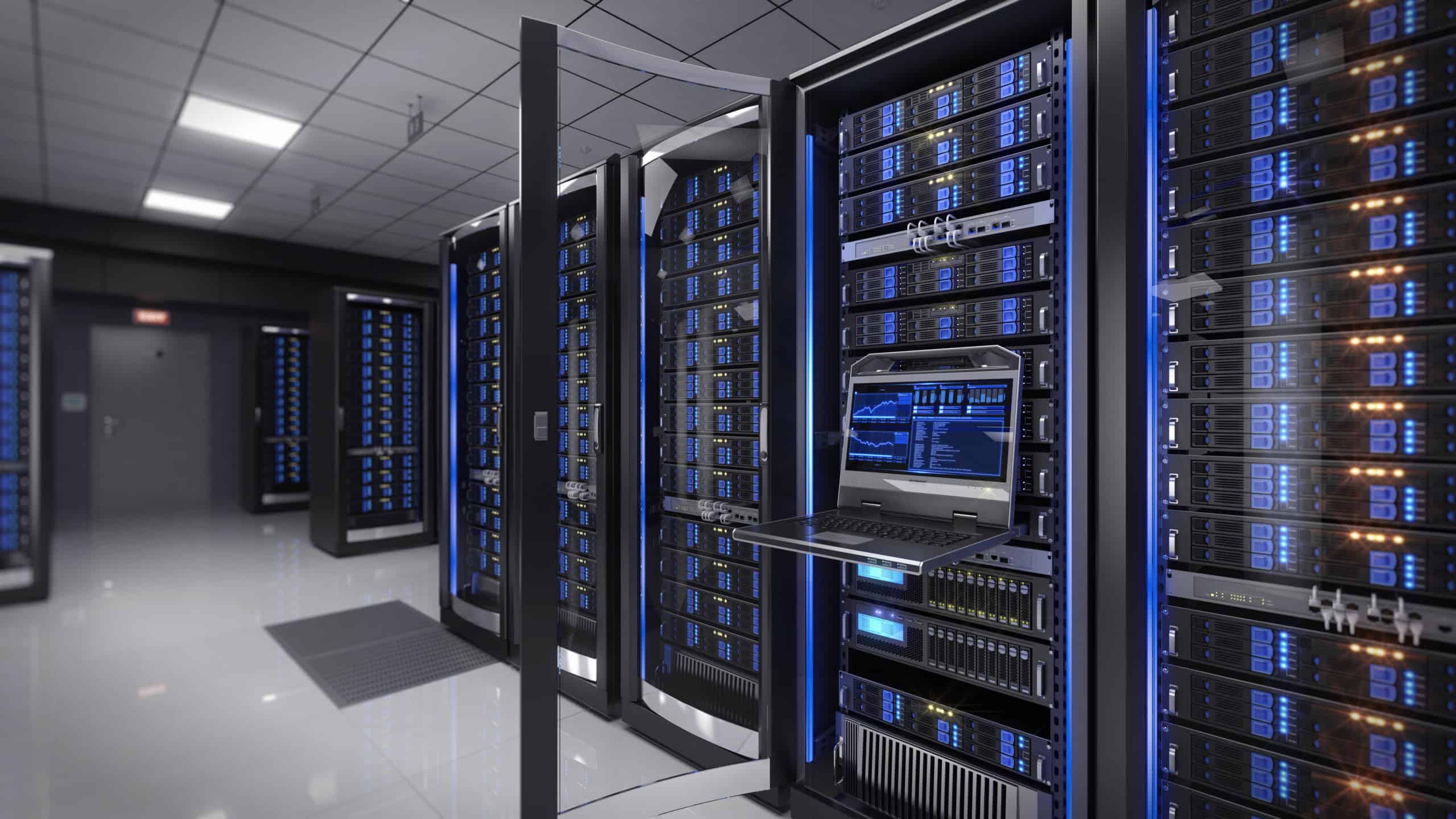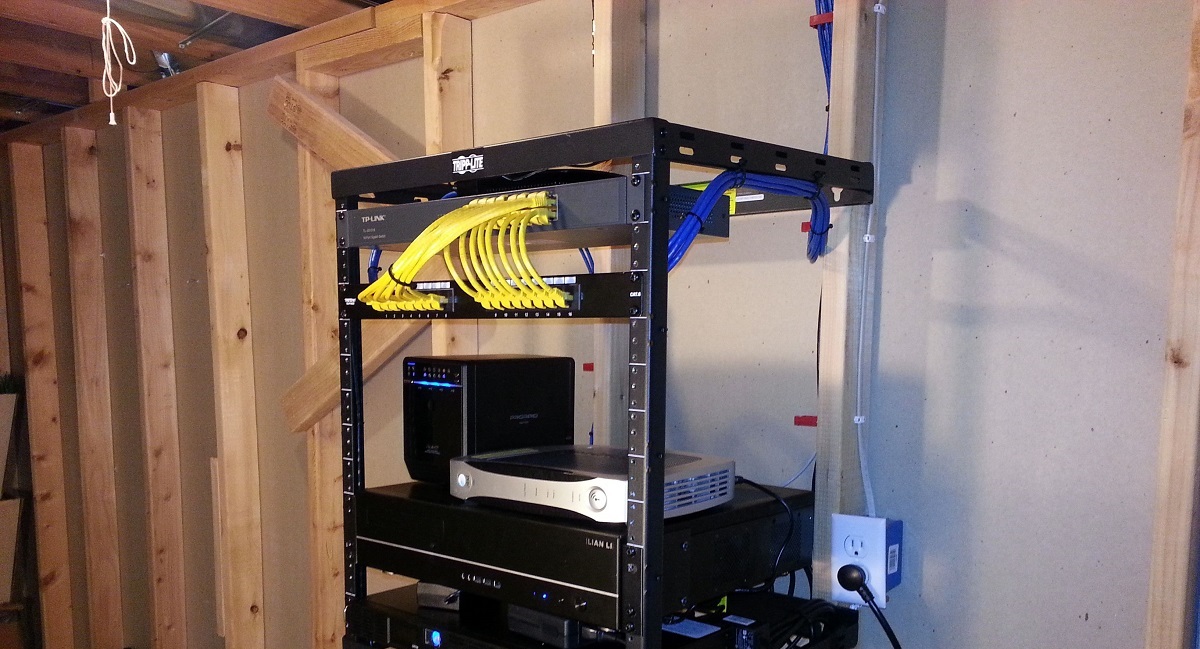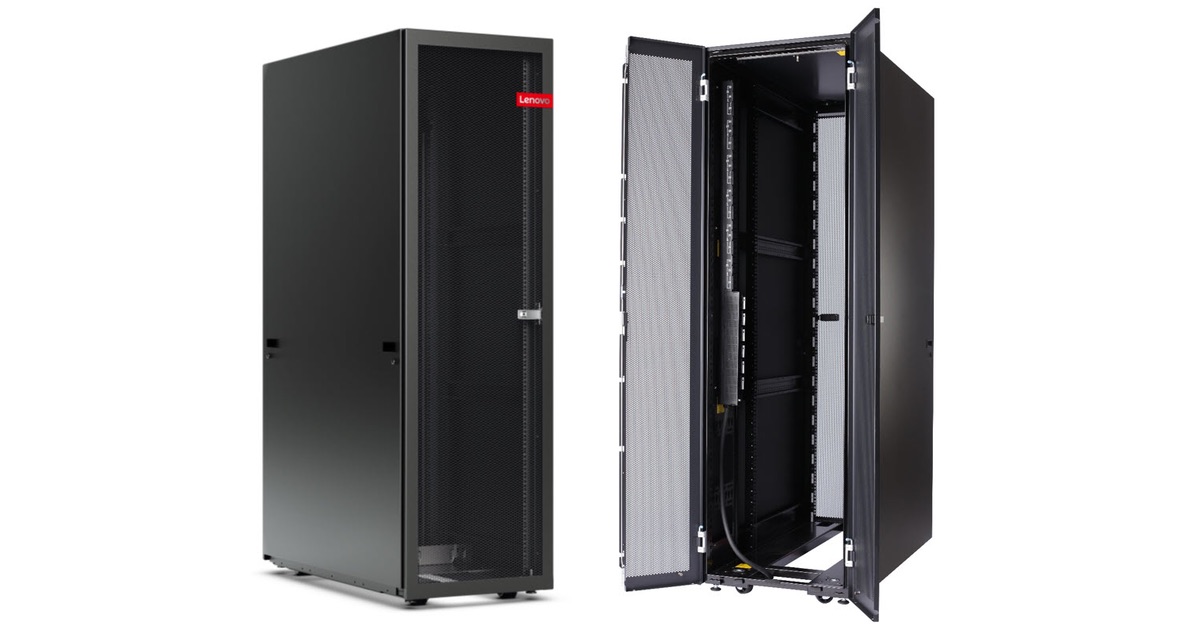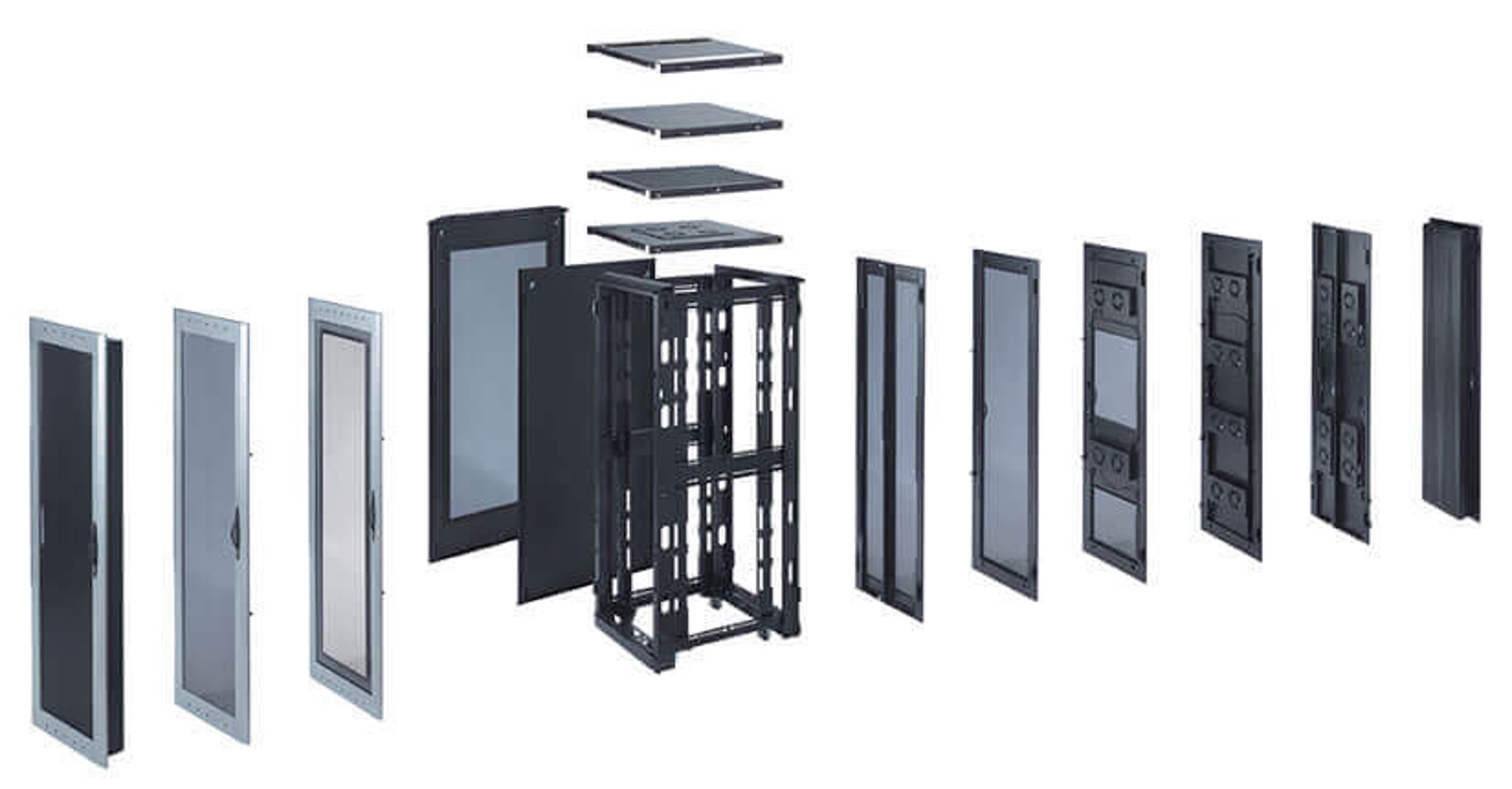Introduction
Welcome to the world of server racks! In this digital age, where businesses rely heavily on technology, server racks play a crucial role in the smooth operation of their IT infrastructure. Whether you’re a small startup or a large enterprise, understanding the importance of server racks is essential for efficient data management and optimal performance.
A server rack is a specialized enclosure or cabinet designed to house multiple servers, networking equipment, and other components in a centralized location. It provides a secure and organized environment for these devices, allowing for efficient cooling, cable management, and easy access for maintenance and troubleshooting.
As businesses increasingly rely on data storage, server racks have become an indispensable part of any IT department. In this article, we’ll explore the purpose of server racks, their components, different types available, and the benefits of using them. We’ll also discuss how to choose the right server rack for your specific needs, as well as tips for installation and maintenance.
Are you ready to dive into the world of server racks? Let’s get started!
What is a Server Rack?
A server rack is a specially designed enclosure or cabinet used to house and protect servers, networking equipment, and other devices in a centralized location. It provides a secure and organized environment for these devices, ensuring efficient management and optimum performance.
Server racks are often made up of a series of vertically arranged slots, known as rack units (U), where server equipment can be mounted. Each rack unit typically has a height of 1.75 inches (4.45 centimeters) and allows for easy installation and removal of devices.
These racks are engineered to provide a range of features that ensure the smooth operation of servers and other equipment. They typically include ventilation systems, cable management solutions, and locking mechanisms for added security.
The main purpose of a server rack is to centralize and consolidate the IT infrastructure. By housing multiple servers and networking equipment in one place, it becomes easier to manage and maintain these devices. This centralized approach also helps to save physical space, as well as reduce power consumption and cooling requirements.
Server racks play a crucial role in organizing and protecting equipment. By having a designated space for servers and other devices, it becomes easier to manage cables, preventing tangled and messy installations. Additionally, server racks feature cooling systems that ensure proper airflow, preventing overheating and maintaining optimal operating temperatures for the equipment.
Server racks are not limited to just servers. They can also house other IT components like switches, routers, backup power supplies, and storage devices. By having everything in one central location, it improves accessibility, simplifies troubleshooting, and allows for more efficient maintenance.
In the next section, we’ll dive deeper into why using a server rack is essential for businesses of all sizes and industries.
Why Use a Server Rack?
Using a server rack offers numerous advantages for businesses of all sizes and industries. Let’s explore why it’s beneficial to incorporate a server rack into your IT infrastructure:
- Organization and Space Efficiency: One of the primary reasons to use a server rack is to maintain organization and maximize space efficiency. With the ability to stack multiple servers and equipment in a compact manner, a server rack helps you optimize the use of your physical space.
- Enhanced Security: Server racks are designed with security features like locking front and rear doors, secure locks for equipment, and even biometric access controls. These measures protect your valuable data and equipment from unauthorized access or theft.
- Better Cooling and Airflow: Server racks are equipped with built-in ventilation systems and airflow management features. This ensures that the servers and networking equipment receive proper cooling, preventing overheating and increasing overall system performance and longevity.
- Cable Management: Messy and tangled cables not only make troubleshooting a nightmare but also increase the risk of accidental disconnections. Server racks offer cable management solutions such as cable trays, routing systems, and cable ties, allowing for organized and easily manageable cables.
- Easier Maintenance and Upgrades: With all your equipment housed in one central location, server racks make maintenance and upgrades significantly easier. Accessing servers and equipment becomes streamlined, reducing downtime and allowing for more efficient troubleshooting, repairs, and upgrades.
- Scalability: As your business grows, you may need to add additional servers and equipment. A server rack provides scalability by allowing you to easily add or remove servers without disrupting the entire infrastructure.
- Reduced Downtime: By ensuring organized and efficient maintenance, server racks help minimize downtime. This translates to improved productivity, reduced revenue loss, and enhanced customer satisfaction.
These are just a few of the compelling reasons why incorporating a server rack into your IT infrastructure is highly recommended. It not only improves the overall management and performance of your servers but also provides the necessary security and organization for your valuable data and equipment.
Server Rack Components
A server rack consists of several key components that work together to provide a secure and efficient environment for servers and networking equipment. Let’s take a closer look at these components:
- Rack Enclosure: The rack enclosure is the main structure of the server rack. It is typically made of durable materials such as steel or aluminum and provides a framework for mounting the equipment securely.
- Rack Units (U): Rack units are standardized measurements used to determine the height of the equipment. Each rack unit is equal to 1.75 inches (4.45 centimeters) and serves as a unit of measurement for mounting servers and other devices.
- Rack Rails: Rack rails are horizontal bars attached to the sides of the enclosure that allow for the installation and adjustment of equipment. They provide support and stability for the server devices.
- Ventilation and Cooling: Server racks feature various ventilation and cooling mechanisms to prevent overheating and maintain optimal operating temperatures. This may include fans, vents, cooling panels, or even liquid cooling systems.
- Cable Management: Cable management is essential for maintaining an organized and neat infrastructure. Server racks offer cable management solutions such as cable trays, vertical cable managers, and cable ties to keep cables organized and prevent tangling.
- Power Distribution Units (PDUs): PDUs are electrical devices integrated into server racks to provide power distribution to the equipment. They ensure a reliable and controlled power supply to the servers and other devices.
- Access Controls: To enhance security, server racks may include access control features such as locking front and rear doors, biometric access controls, or keycard systems. This ensures only authorized personnel can access the equipment.
- Monitoring and Management: Advanced server racks may incorporate monitoring and management tools to track environmental conditions, power consumption, or equipment performance. These features assist in identifying and addressing issues proactively.
By understanding these components, you can make informed decisions when choosing a server rack that best suits your requirements. Remember, each component plays a crucial role in ensuring the proper functioning and longevity of your server and networking equipment.
Types of Server Racks
Server racks come in different types, each designed to accommodate specific requirements and environments. Let’s explore some common types of server racks:
- Open Frame Rack: An open frame rack, also known as a 2-post rack, is a simple and cost-effective option. It features two vertical posts at the front and rear, providing easy access to the equipment from all sides. Open frame racks are popular for smaller installations or areas where airflow and easy access are more important than security.
- Enclosed Rack: An enclosed server rack, also referred to as a 4-post rack, provides full security and protection for the equipment. It has front and rear doors, as well as side panels, offering a more secure environment for sensitive equipment. Enclosed racks are commonly used in data centers and larger IT infrastructures.
- Wall-Mount Rack: Ideal for environments with limited floor space, wall-mount racks are designed to be fixed directly on walls. They are compact and space-saving, making them suitable for small offices, server rooms, or telecommunications closets.
- Cabinet Rack: Cabinet racks are similar to enclosed racks but offer more advanced features. They often come with additional cooling options, cable management capabilities, and enhanced security measures like key card access or biometric locks. Cabinet racks are commonly used in larger data centers or organizations with higher security requirements.
- Portable Rack: Portable racks, also known as rolling server racks, are designed for mobility. They have wheels or casters attached to the bottom, allowing for easy movement and relocation of equipment. Portable racks are helpful for situations where equipment needs to be transported frequently or for temporary setups.
- Blade Server Enclosure: Blade server enclosures are specialized racks designed specifically for blade servers. They provide high-density server deployments and efficient power and cooling management for blade server systems.
When selecting a server rack type, consider factors such as available space, security requirements, scalability, and budget. Each type has its own advantages and suitability for different IT infrastructure setups.
Now that we’ve explored the types of server racks available, let’s move on to the next section, where we’ll discuss the benefits of using a server rack in your organization.
Benefits of Using a Server Rack
Using a server rack offers a multitude of benefits for organizations of all sizes. Let’s delve into some key advantages of incorporating a server rack into your IT infrastructure:
- Efficient Space Utilization: Server racks allow for proper organization and consolidation of your servers and networking equipment, maximizing the use of limited space in your server room or data center.
- Improved Organization and Accessibility: A server rack provides a structured and easily accessible environment for your equipment. Cables are neatly managed, devices are logically positioned, and troubleshooting becomes more efficient.
- Enhanced Security: Server racks are equipped with security features such as locking mechanisms, access controls, and surveillance options, ensuring that your valuable data is protected from unauthorized access.
- Better Cooling and Airflow: Server racks are designed with ventilation systems that promote proper airflow, preventing overheating and ensuring the optimal performance and longevity of your servers and networking devices.
- Streamlined Maintenance: With everything in one centralized location, server rack maintenance becomes more streamlined. Troubleshooting, repairs, and upgrades are easier to perform, minimizing downtime and enhancing overall operational efficiency.
- Scalability: Server racks provide scalability, allowing you to easily add or remove servers or networking equipment as your business needs evolve. This flexibility eliminates the need for frequent infrastructure overhauls.
- Cost Savings: By efficiently managing your IT infrastructure, server racks help reduce costs associated with physical space, power consumption, cooling, and equipment maintenance.
- Disaster Recovery: Server racks can play a crucial role in disaster recovery plans. By having a well-organized and protected infrastructure, it becomes easier to backup, restore, and recover data in the event of a disaster.
- Centralized Management: With everything housed in a single location, server racks promote centralized management and monitoring, making it easier to oversee and control your IT infrastructure.
By utilizing a server rack, you can enjoy these benefits and ensure the smooth operation of your IT infrastructure. Whether you’re a small business or a large enterprise, the advantages of using a server rack are undeniable.
Choosing the Right Server Rack
Choosing the right server rack is crucial for effectively and efficiently managing your IT infrastructure. Consider the following factors when selecting a server rack that best suits your needs:
- Size and Capacity: Evaluate the size and capacity required to accommodate your current and future equipment. Consider the number of servers, networking devices, and other components you plan to house in the rack.
- Available Space: Measure the available space in your server room or data center to determine the appropriate height, width, and depth of the server rack. Ensure there is sufficient clearance for ventilation and maintenance.
- Security Requirements: Assess the level of security required for your equipment. Determine if you need features such as locking doors, access control systems, surveillance options, or even biometric authentication.
- Cable Management: Look for server racks that offer effective cable management solutions. Consider features such as cable management rings, cable trays, vertical cable managers, and sufficient spacing for routing cables properly.
- Cooling and Ventilation: Ensure that the server rack provides adequate ventilation and cooling options to maintain optimal operating temperatures for your equipment. Look for features like built-in fans or cooling panels.
- Scalability: Consider the growth and scalability of your business. Choose a server rack that can accommodate future expansion, allowing you to add more servers and equipment without replacing the entire infrastructure.
- Budget: Set a budget for your server rack investment. Consider the balance between cost, features, and quality to ensure you choose a rack that meets your requirements without compromising on essential functionalities.
- Reliability and Durability: Look for server racks made from sturdy materials such as steel or aluminum that can withstand the weight and provide long-lasting support and protection for your equipment.
- Vendor Reputation and Support: Consider the reputation and support provided by the vendor. Choose a reliable and reputable manufacturer that offers warranties and responsive customer support.
By carefully considering these factors, you can select a server rack that aligns with your specific needs and infrastructure requirements. It is important to choose a server rack that provides the necessary features, security, and scalability to support the smooth operation of your business.
Installing and Maintaining a Server Rack
Installing and properly maintaining your server rack is essential for optimal performance and longevity. Here are some key steps and considerations for both installation and maintenance:
Installation:
- Plan and Prepare: Before installing your server rack, carefully plan the layout and placement. Ensure that there is enough space, proper ventilation, and easy access for maintenance.
- Assemble the Rack: Follow the manufacturer’s instructions to assemble the server rack, including securing the rack rails, attaching the doors, and installing any additional accessories or components.
- Position and Secure: Place the server rack in its designated location, aligning it with power sources and network connections. Secure the rack to the floor or wall, ensuring stability and safety.
- Equipment Installation: Install your servers, networking devices, and other equipment into the rack. Follow proper mounting procedures, ensuring that the weight is evenly distributed and that cables are properly connected.
- Cable Management: Implement effective cable management practices, such as using cable trays, ties, and labels. Ensure that cables are neatly organized, avoiding any strain or tangling.
- Power and Network Connections: Connect your equipment to power outlets and network connections. Ensure that power distribution units (PDUs) are utilized for optimal power management and safety.
Maintenance:
- Regular Inspections: Schedule regular inspections of your server rack to identify any potential issues. Check for loose connections, damaged cables, or signs of overheating.
- Cleaning and Dust Control: Regularly clean the server rack, removing any dust or debris that can obstruct airflow and cause overheating. Use proper cleaning solutions and tools to avoid damaging the equipment.
- Temperature and Humidity Monitoring: Monitor the temperature and humidity levels within the server rack. Implement temperature sensors and humidity monitors to ensure optimal operating conditions.
- Equipment Upgrades: Stay updated with the latest firmware updates and patches for your servers and networking equipment. Keep track of technological advancements and consider periodic upgrades to enhance performance and security.
- Documentation and Labeling: Maintain comprehensive documentation of your equipment, including serial numbers, configurations, and warranty details. Properly label cables, ports, and devices for easy identification and troubleshooting.
- Proactive Troubleshooting: Regularly test the functionality of your equipment and perform proactive troubleshooting to identify and address any potential problems before they escalate.
By following these installation and maintenance practices, you can ensure that your server rack operates at its best. Regular monitoring, cleaning, and attentive maintenance will contribute to the smooth operation and longevity of your IT infrastructure.
Conclusion
Server racks are vital components of modern IT infrastructures. They provide a secure and organized environment for housing servers, networking equipment, and other devices, ensuring efficient management and optimal performance.
In this article, we explored the purpose of server racks, their components, different types available, and the benefits of using them. We discussed the importance of choosing the right server rack based on size, security requirements, cooling, scalability, and budget. Additionally, we highlighted the steps for installing and maintaining a server rack to ensure proper functionality and longevity.
Using a server rack offers numerous advantages, including efficient space utilization, enhanced security, improved organization and accessibility, better cooling and airflow, streamlined maintenance, scalability, cost savings, and centralized management. By incorporating a server rack into your IT infrastructure, you can create a more efficient, organized, and secure environment for your valuable equipment and data.
When choosing a server rack, carefully consider your specific requirements, available space, security needs, and budget. Select a reliable vendor and ensure proper installation, regular maintenance, and proactive monitoring to keep your server rack performing optimally.
In conclusion, server racks play a crucial role in managing and protecting your IT infrastructure. By investing in the right server rack and adhering to proper installation and maintenance practices, you can ensure the smooth operation of your servers, networking equipment, and other critical devices.










